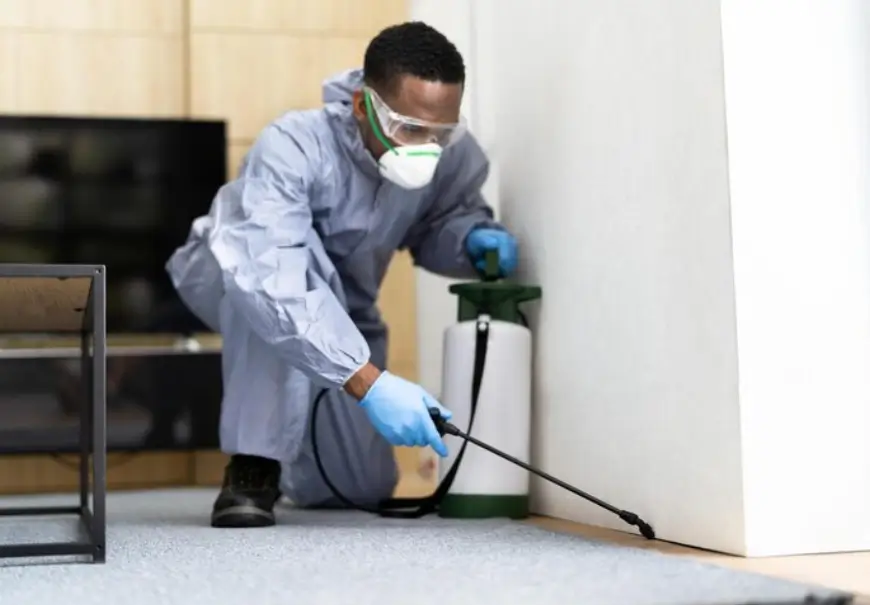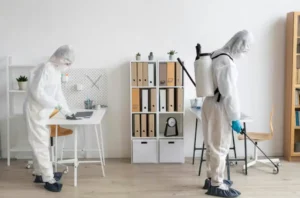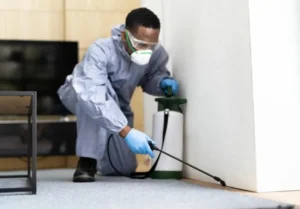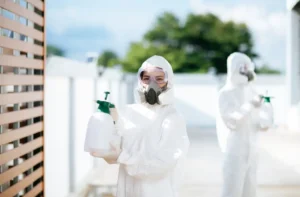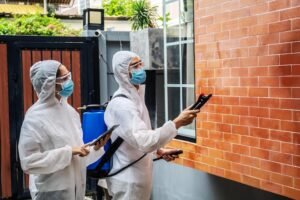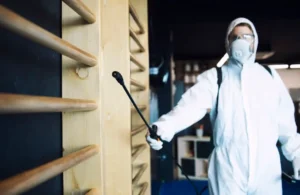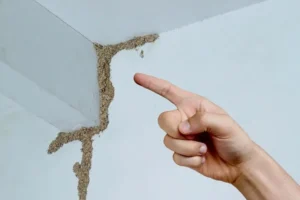Norfolk homeowners need reliable strategies to defend their properties against termite damage. The combination of professional inspection services and effective treatment methods provides the most reliable protection against these destructive pests. Knowing what options are available helps property owners make informed decisions about protecting their investments.
A Detailed Inspection Process
Professional termite inspection and removal begins with thorough property evaluation. Licensed technicians examine both interior and exterior areas to identify signs of current activity or conditions that might attract future infestations. This systematic approach ensures no problem areas are overlooked during the assessment process.
Exterior inspections focus on foundation areas, crawl space access points, and areas where wood components contact soil or concrete. Inspectors examine mulch beds, land features, and drainage systems that might create moisture problems near the structure. Tree stumps, firewood storage, and other cellulose materials receive attention during exterior evaluations.
Interior Assessment Techniques
Interior inspections concentrate on areas where termites typically gain access to structural components. Basements, crawl spaces, and areas around plumbing penetrations receive detailed examination. Inspectors check window and door frames, support beams, and other wood components for signs of termite feeding or damage.
Moisture detection plays a vital role in interior assessments. High humidity areas attract termite colonies and provide conditions necessary for colony establishment. Inspectors use specialized meters to identify moisture problems that may not be visible but could attract termite activity.
Treatment Method Selection
Several treatment approaches are available for termite control, each with specific advantages and applications. Liquid termiticides create chemical barriers that prevent termites from accessing structures or eliminate colonies that contact treated areas. These treatments can be applied around foundations, in crawl spaces, and in areas where termite activity has been detected.
Baiting systems offer an alternative approach that uses termite feeding behavior to eliminate entire colonies. Monitoring stations placed around properties detect termite activity, then bait stations provide treated food sources that worker termites carry back to colonies. This method can eliminate entire colonies including reproductive members.
Localized Treatment Options
Spot treatments address specific areas where termite activity has been detected without requiring whole-house treatment programs. These targeted applications work well for limited infestations or when termite activity is confined to specific areas. Foam applications can reach areas inside walls or other spaces that are difficult to access with traditional liquid treatments.
Direct wood treatments protect specific components that are at high risk for termite attack. These applications create long-lasting protection for support beams, floor joists, and other structural elements that cannot be easily replaced if damaged.
Norfolk-Specific Treatment Considerations
Coastal Virginia’s climate affects treatment method selection and application timing. High humidity levels can impact the effectiveness of certain treatment types, while frequent rainfall may influence application scheduling for exterior treatments. Professional applicators know these local factors and adjust treatment plans accordingly.
Soil conditions in Norfolk can affect how liquid termiticides perform and how long treatments remain effective. Sandy soils common in coastal areas may require different application rates or additional monitoring compared to clay soils found in other regions.
Environmental Factors
Proximity to water sources requires special consideration during treatment planning. Some treatment methods may not be appropriate near wells, streams, or other water features. Professional applicators select treatment options that provide effective control while meeting environmental safety requirements.
Wind patterns and drainage systems can affect how treatments are applied and where they remain effective over time. Knowing these local conditions helps ensure treatment applications provide long-term protection rather than short-term solutions.
Treatment Implementation Process
Professional treatment begins with preparation activities that ensure optimal results. This may include clearing vegetation from foundation areas, addressing moisture problems, or making minor structural modifications to improve treatment access. Proper preparation significantly improves treatment effectiveness and longevity.
Application procedures vary depending on the selected treatment method and specific site conditions. Liquid applications require drilling and injection techniques that place materials in areas where termites are active or likely to travel. Baiting systems require strategic placement and ongoing monitoring to ensure optimal performance.
Post-Treatment Monitoring
Follow-up inspections verify treatment effectiveness and identify any areas that may need additional attention. Most professional treatment programs include warranty coverage that provides ongoing protection and retreatment if termite activity reoccurs within specified time periods.
Monitoring stations help detect new termite activity that might develop after treatment. These devices provide early warning of problems before new colonies can cause significant damage to structures.
Choosing Treatment Providers
Licensed pest control companies bring specialized knowledge and equipment necessary for effective termite control. Look for providers with specific termite treatment experience rather than general pest control services. Certifications and continuing education demonstrate commitment to staying current with treatment methods and safety requirements.
Reputable treatment providers offer detailed written proposals that explain recommended treatment methods, expected results, and warranty coverage. These documents should include clear explanations of any ongoing monitoring or maintenance requirements associated with the selected treatment approach.
Service Guarantees & Warranties
Treatment warranties provide valuable protection against future termite activity and demonstrate provider confidence in their services. Knowing warranty terms, coverage limitations, and maintenance requirements helps homeowners make informed decisions about treatment options.
Some providers offer annual inspection programs that maintain warranty coverage and provide ongoing monitoring services. These programs can detect new termite activity early and ensure treatment systems continue providing effective protection over time.

